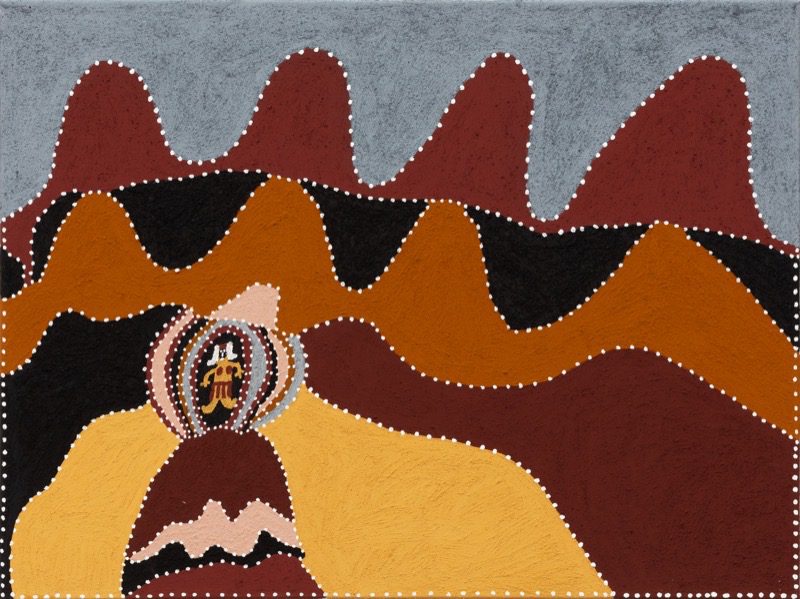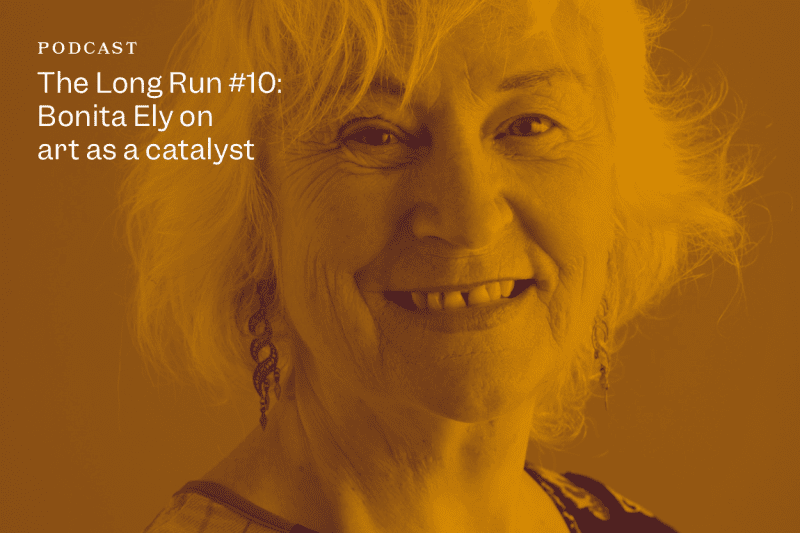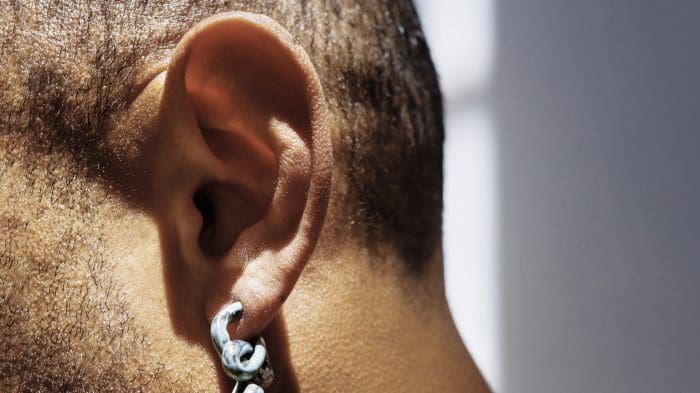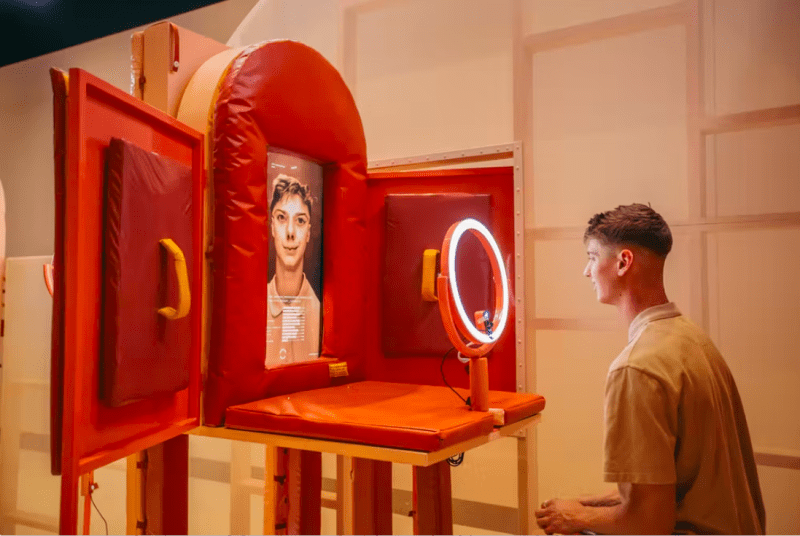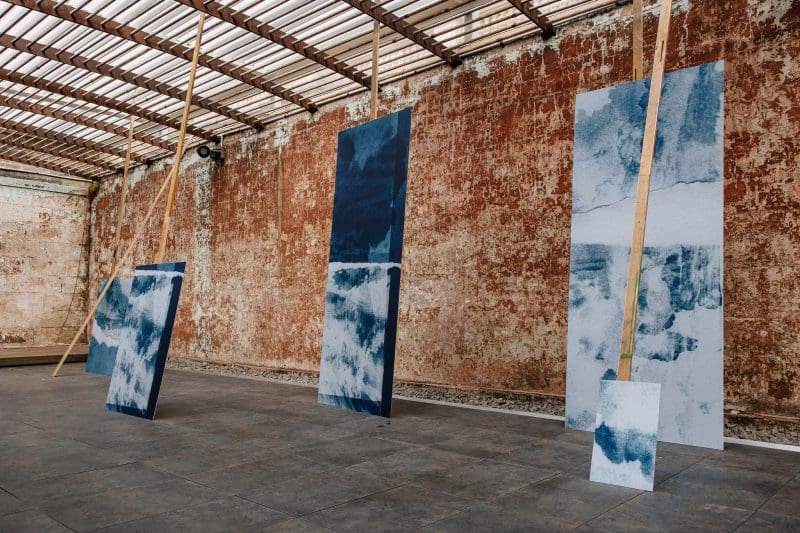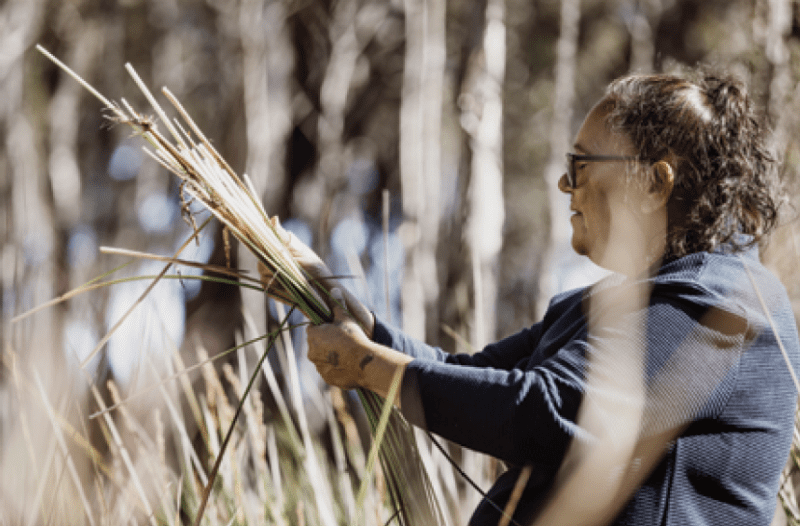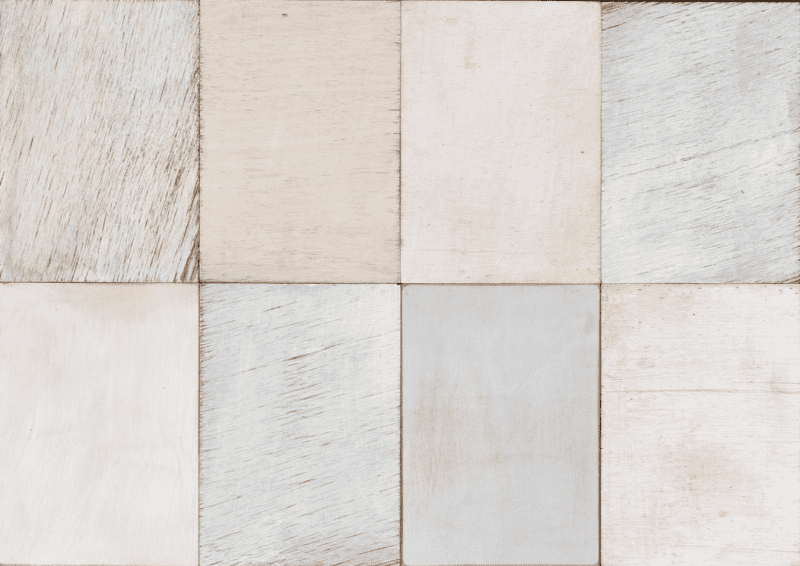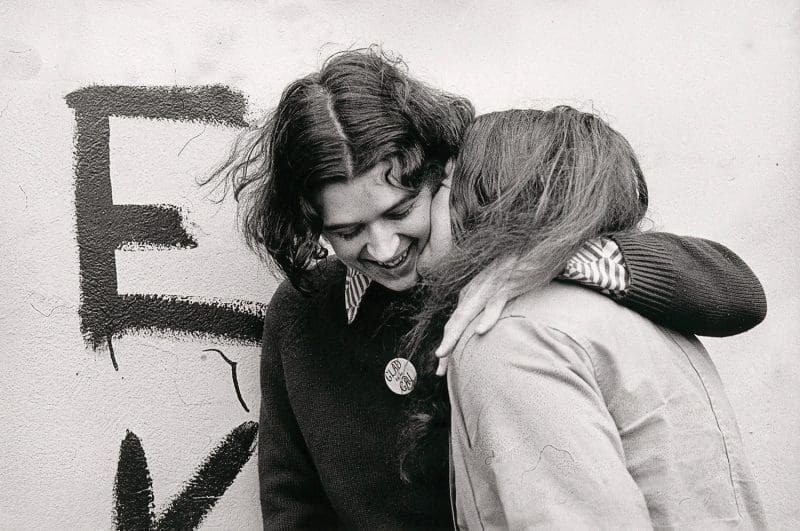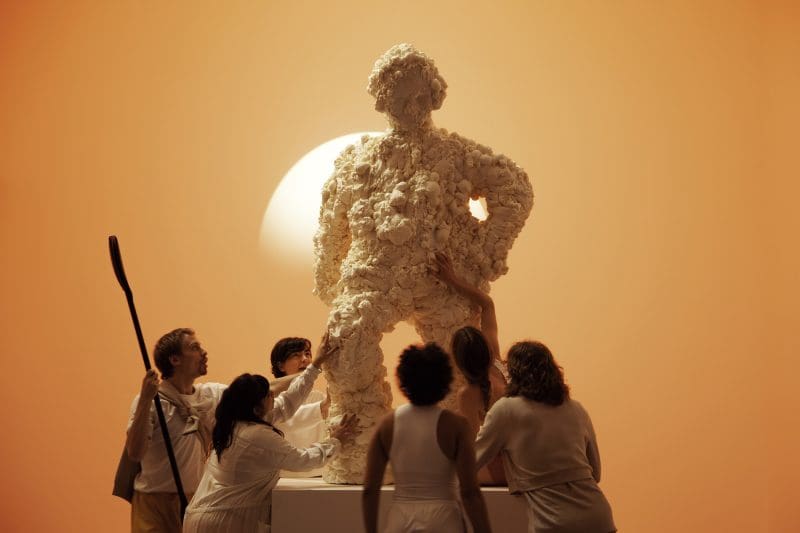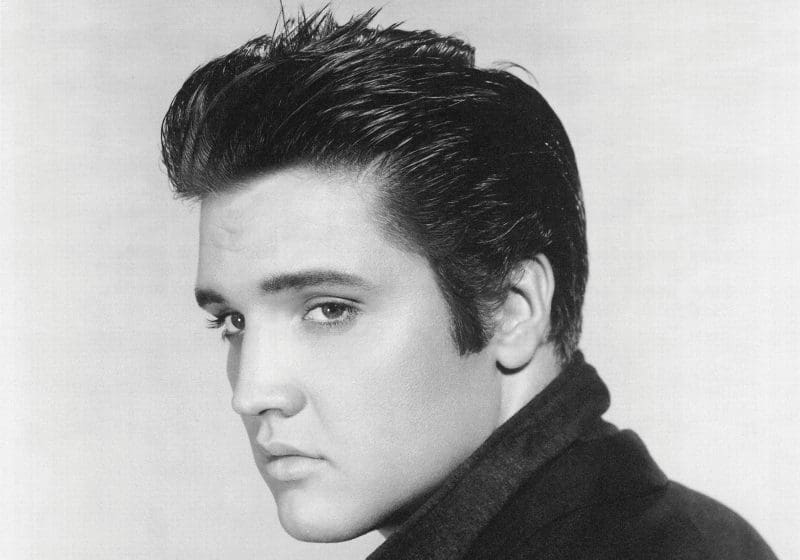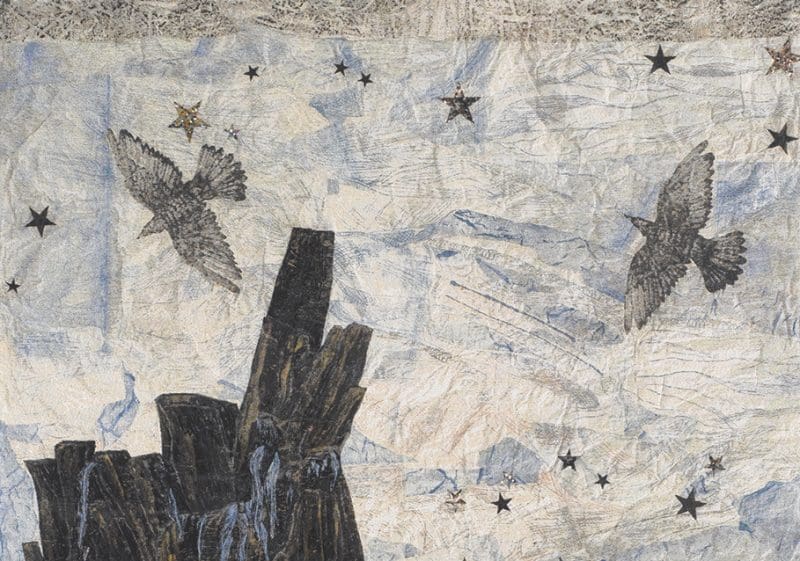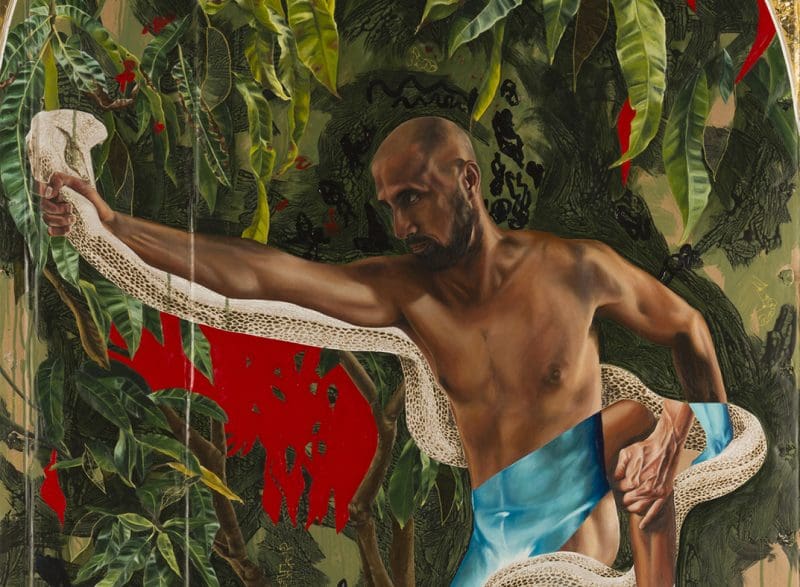
Marikit Santiago captures stories of creation
Dual theories of life’s beginnings inform Marikit Santiago’s work, showing at the newly reopened 4A Centre for Contemporary Asian Art.
Dual theories of life’s beginnings inform Marikit Santiago’s work, showing at the newly reopened 4A Centre for Contemporary Asian Art.
Shirley Purdie’s newest paintings at Olsen Gallery are ancestral stories of Country and Ngarranggarni (Dreaming), but also sites and moments that resonate with Purdie, from her birthplace of Mabel Downs Station to her family history.
“I decided that art essentially is a communication, so my basis of my work is conceptual,” says artist Bonita Ely, a pioneer in environmental art in Australia, in this episode of The Long Run, a podcast talking with artists who have 60-year practices.
After being postponed for almost two years, Frances Barrett’s Meatus is now opening at ACCA. Our 2020 interview is essential reading ahead of the exhibition and performances.
Disinformation, algorithms, big data, care work, climate change, cultural knowledge: they can all be invisible.
In a world defined by speed and acceleration Radical Slowness at The Lock-Up explores slowness through art and thought.
Central to the 23rd Biennale of Sydney is a focus on collectives coming together. We look at the stories and art behind three Indigenous collectives in rīvus: Iltja Ntjarra (Many Hands) Art Centre and Casino Wake Up Time from Australia, and New Zealand’s Mata Aho Collective.
The practice and philosophy of journaling is at the heart of Alexander Okenyo’s Amor Fati at Bett Gallery: the show can be read as a series of time capsules from Okenyo’s life as he negotiates the art world, family, the pandemic, and his community in the Derwent Valley of Tasmania.
Forging a photographic practice throughout the 1970s feminism movement, Ponch Hawkes is now turning to a feminist issue of the moment: the ageing female body. With works currently showing in the National Gallery of Victoria’s QUEER exhibition, Hawkes will soon unveil her solo at Geelong Gallery.
Across dance, performance and video, Amrita Hepi’s latest art—showing at Perth Institute of Contemporary Art—isn’t only about protest, but what happens after the revolution.
With memorabilia coming to Bendigo Art Gallery direct from Graceland, how do we account for the enduring presence of Elvis, asks critic Rex Butler? “More popular than Jesus” is how John Lennon referred to The Beatles in 1966, a line we could lend to The King himself.
Since the 1980s acclaimed American artist Kiki Smith has looked at mortality, sexuality, and nature. Showing magnificent tapestries in the current Biennale of Sydney, Smith has previously shown in five Venice Biennales, and in 2006 was one of the ‘TIME 100: The People Who Shape Our World.’ In our interview Smith talks about the process of making art and being patient in our chaotic world.
